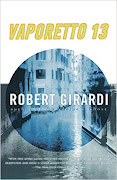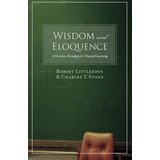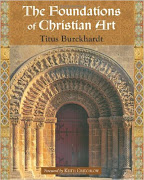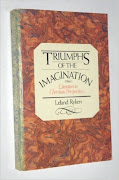Living
the Braveheart Life is a motivational book by Randall Wallace, the writer of the
film Braveheart. In this book he describes the characteristics of and actions
taken by the ‘braveheart’, a way of living for every person. William Wallace,
the historical figure of the film, and the film itself, illustrate this way of
living, marked mainly by courage. Much of the book is autobiographical,
illustrating the universals with his personal experience. Wallace writes of
relationships, especially his relationship with his father. (This is reflected
in the film, though briefly. In the book Wallace is able to expand on it.) He
also writes of his relationship with his sons, mother, wife, colleagues.
Those
who like the film may take an interest in Wallace’s thoughts behind the story –
on the figure of William Wallace, the relationships between characters, etc. –
and some of the circumstances in Wallace’s life he associates with the
film.
Overall
the book’s theme is what a braveheart is and does. The braveheart life includes
fitness, ignoring pain but acknowledging wounds, always learning and teaching,
loving of stories, embracing mystery, living a lifelong campaign. It is not a
hard heart. It is a “crucial point” to Wallace’s philosophy that “the heart
that is brave is not ours; it is God’s” (182).
Reading
this just after reading a chapter of Ravi Zacharias tells me how motivational
and inspirational books are similar, but may connect better than other books
with certain demographics, based on the metaphors and images the authors use.
The chapter I read of Zacharias’s book, The Grand Weaver, will connect, in part,
because of the exotic culture of India he uses, (exotic being foreign or alien
to Western readers). It will also connect with those who take interest in arts
and crafts, as Zacharias uses the details of intricate rug-weaving to illustrate points. Living the
Braveheart Life is likely to connect with different demographics, most likely with men. Both books offer good reading for Christians.






